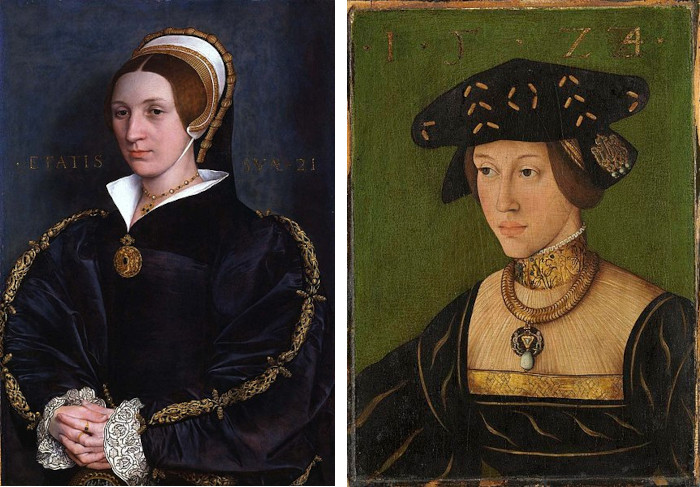
Here are two 16th-century German portraits of seated ladies wearing hats, shown in three-quarter view. The one on the left was painted by Hans Holbein, the one on the right by the lesser-known Hans Krell. A panel of 12 specialists agreed that the Holbein painting had more artistic merit, and subjects who said they were familiar with art agreed with them. But individuals with no art expertise often chose the “wrong” painting, the Krell. This would suggest that people’s judgment in art is shaped by their expertise.
But Holbein is also much more famous than Krell, and this factor is likely to influence judgments too. How important is it? That’s not clear.
“Only if we can show that art experts across cultures agree on the comparative aesthetic merit of works they have never seen before and never heard of can we conclude there is consensus independent of cultural learning,” notes Boston College psychologist Ellen Winner. “This kind of study has not been done.”
(Ellen Winner, How Art Works, 2018.)
